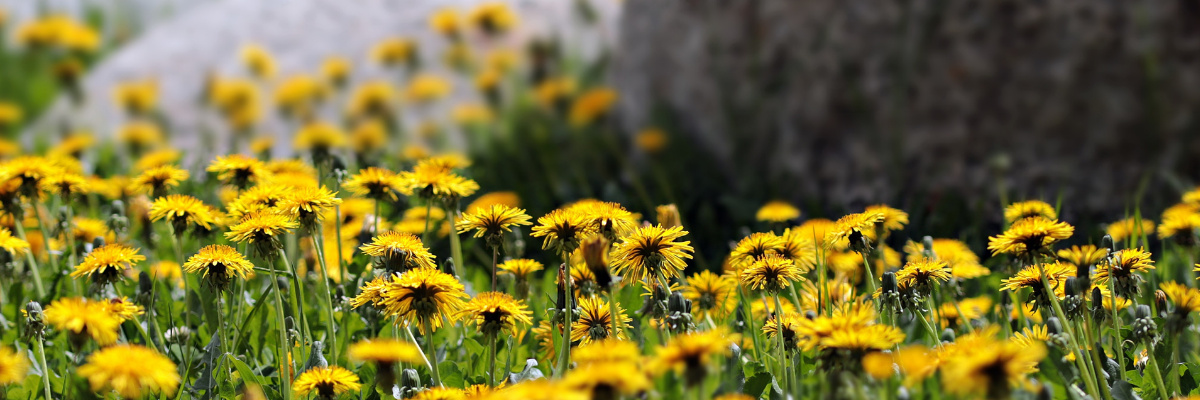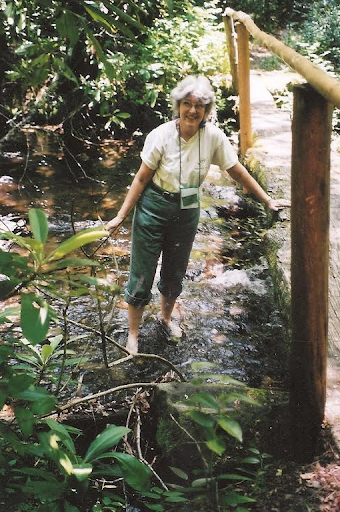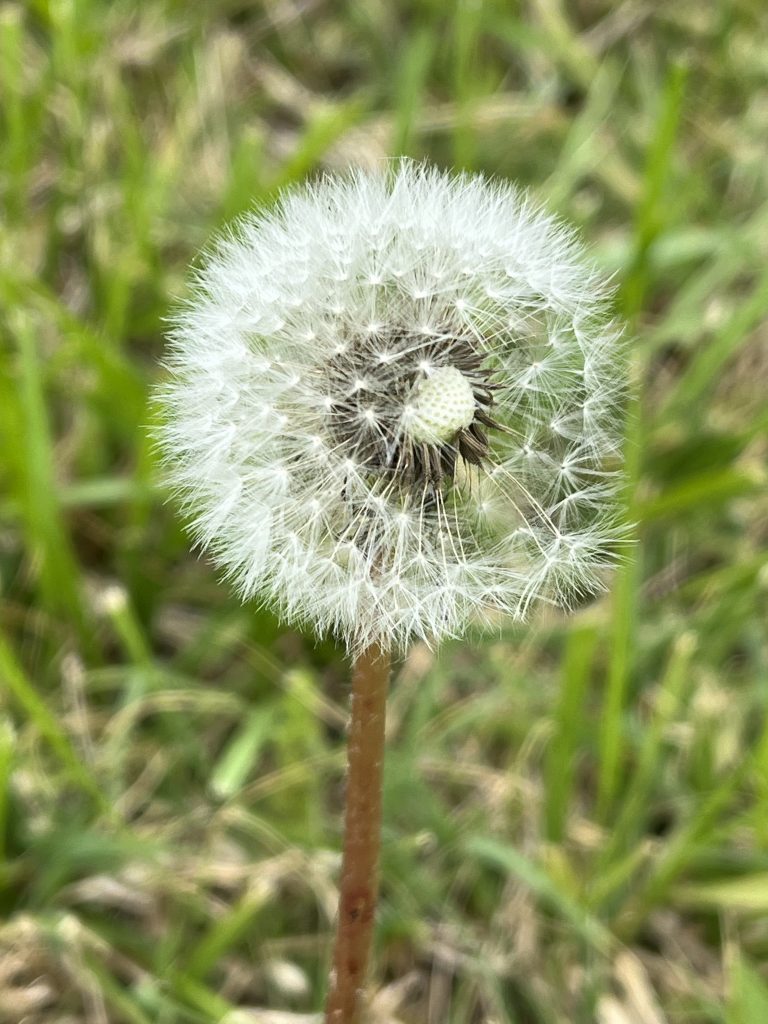
Dandelions were introduced to North America by Europeans in the mid-1600s. Scientifically known as Taraxacum officinale, this non-native plant is a member of the aster family. Photo courtesy of Canva.
By L. Thompson
To the untrained eye, it is easy to assume dandelions play a small role in the ecosystem.
“Strangely, here in the U.S., [dandelions] are maligned as a ‘weed’ that is unwanted on your lawn, “ says interpretive naturalist, artist, and wildcrafter Ila Hatter.
“In the rest of the world where they grow, [dandelions] are prized vegetables. They have been hybridized to make larger leaves such as the French version, which are grown commercially,” explains Hatter, who is an instructor for several organizations in the Smoky Mountains.
Dandelions were introduced to North America by Europeans in the mid-1600s. Scientifically known as Taraxacum officinale, this non-native plant is a member of the aster family. Plants in this family can be identified by florets, the collection of smaller flowers, on their flower heads.

Wild dandelions with bright yellow disk-like petals. Photo courtesy of Ila Hatter.
There are approximately 150 to 200 florets on a single dandelion flower head. Through a process called apomixis, the bright yellow petals of a dandelion fall out and are replaced with white seed heads or florets. This process normally occurs between 9 to 15 days of a dandelion’s lifecycle.
Commonly found in parks, fields, and lawns, dandelions are composed of nutrient-rich leaves, roots, and flower heads.
“The leaves are particularly good for the nutrient content,” says Julie Carestio, a certified herbal consultant and physical therapist in Virginia. “They have a lot of vitamins and minerals in them.”
“Dandelions are a diuretic,” Carestio says. Diuretics can aid in addressing bloating and high blood pressure, but they can also have negative health effects for some individuals. Consult a doctor to determine if consuming dandelions is right for you.
Foraging aka Lookin’ for Lions
Foraging is a great way to develop a deeper understanding of local plant life.
Merriam-Webster’s Dictionary defines foraging as, “food for animals especially when taken by browsing or grazing.” Foraging for dandelions would be ideal for first-time foragers because they can be easily located and identified.
While foraging can be a fun way to develop a relationship with the land, be mindful of the rules and risks. Hatter’s rules for foraging are “identification, location, and multiplication.”
It is vital to correctly identify plants before consumption. Beginning foragers should be accompanied by a foraging expert or teacher to ensure nothing toxic is ingested or topically applied to the skin. Hatter also recommends bringing a field guide along to help identify plants, such as the “Peterson Field Guide: Edible Wild Plants Eastern/Central North America.”

Illa Hatter foraging for food in the forest. Photo courtesy of Illa Hatter.
“One of the identifying features of a dandelion is the white, sticky milky substance that comes out of the stem,” Carestio says.
Before choosing a foraging spot, make sure that foraging is permitted in the area.
After confirming that the area is suitable for foraging, verify that the location is an ideal spot to harvest. Avoid flowers and fungi that look like they could have been sprayed by a wild animal or treated with pesticides or herbicides.
If you forage close to a roadside, make sure that the plants are located in an area that has not been exposed to fumes or runoff from cars.
“Don’t take the first [plant]. This is something practiced by Indigenous people,” Hatter says, referring to a tradition that one of her teachers passed on to her. “You take the fourth plant. You leave one for an insect or an animal that may need it for its sustenance. Another may be something someone coming behind needs for medicine. The third [plant], you would want to make sure that there was enough left to propagate.”
Dining on Lions
Once successfully harvested, dandelions can be ingested in various ways. All parts of the dandelion are edible year-round.
Carestio advises that the best time of year to ingest the leaves is, “in the spring when they are small and before the plant has flowered. If they are small and not too bitter you could toss them into a salad.”
Some people find raw dandelions to be bitter, so cooking the leaves with garlic, olive oil, salt, and pepper, like any leafy-green vegetable, helps create a more palatable experience.

A photo of a flower head of a dandelion before releasing its seeds. Photo by London Thompson.
Hatter recommends including the leaves within a tomato-based recipe to calm the bitterness.
Dandelions have deep taproots that burrow into the earth and pull up minerals. The best time to harvest roots would be in the fall because, as Carestio explains, “energy is going into the roots to prepare for the winter.” The roots can be ground up and boiled to create something similar to a decaf coffee. During the Civil War, soldiers would grind up dandelion roots to substitute for coffee when supplies were running low.
Foraging allows the average person to grow a deeper understanding of plants, like the dandelion, that are often disregarded.
“When we understand them they become so much more than weeds,” Carestio says. “They are food, they are medicine, they are beautiful, and they have a name and a personality.”
Related Articles
Latest News

Leave a comment
Your email address will not be published. Required fields are marked *
2 responses to “Lions and Trails and Foragers, Oh My!”
-
Very informative. I was asked once to uproot my dandelions for a friends adult daughter for medical reasons. Unfortunately I didn’t have many.
Isn’t there a capsule now of dandelions? Thank God I don’t need it! -
Thanks, London, for this article “praising” the unappreciated Dandelion!





Leave a Comment